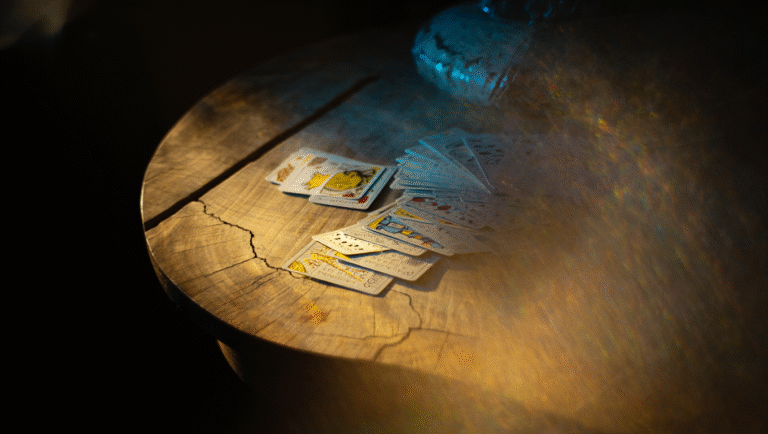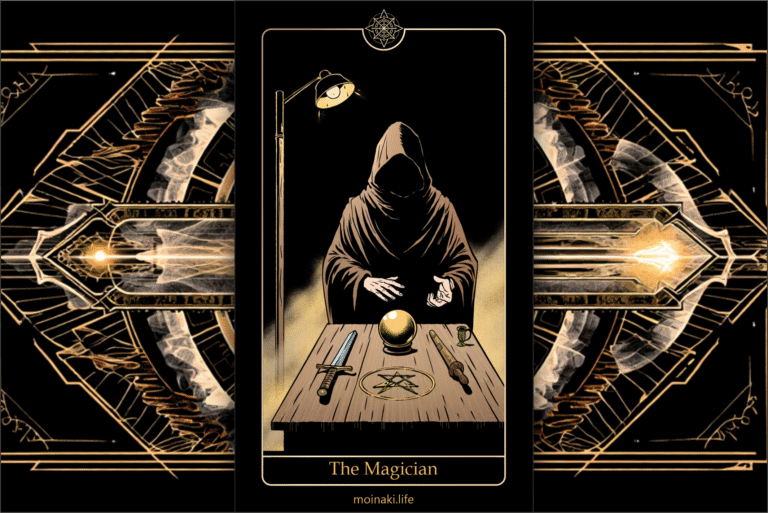Tarot Deck Styles Explained
When you’re first exploring tarot, picking a deck can feel a bit like shopping for shoes online: a dizzying array of options, lots of pretty pictures, and a lingering fear you’ll end up with something that doesn’t fit. But instead of shoes, you’re choosing your intuitive tool—and the design, vibe, and symbolism of your deck will shape your tarot experience. Today, let’s break down the most popular tarot deck styles—Rider-Waite, Thoth, Marseille, and contemporary decks—so you can find the one that matches your taste, goals, and reading style. (Spoiler: there’s no “best,” just what’s best for you.)
Why Deck Style Matters (and When It Doesn’t)
Your tarot deck isn’t just a stack of pretty cards. The art, symbolism, and structure impact how easy it is to learn, how you interpret the images, and how connected you feel to your readings. That said, don’t overthink it—plenty of professionals use multiple decks for different moods or types of questions.
“The best deck is the one that feels like a conversation, not an exam.”
Let’s look at the main contenders, with honest pros, cons, and who each might suit best.
Classic Tarot Deck Styles: The Big Three
1. Rider–Waite–Smith (RWS)
- Key feature: The most famous and widely used tarot deck—almost every tarot book references it.
- Art style: Early 20th-century illustrations by Pamela Colman Smith: bold lines, simple colors, rich with symbolism but not overwhelming.
- Structure: 78 cards, with illustrated “pip” cards (the Minor Arcana 2–10s are all scenes, not just symbols).
Pros:
- Most beginner-friendly: tons of online resources, guides, and YouTube tutorials use this deck.
- Clear imagery that’s easy to interpret—even if you’re new.
Cons:
- Some people find the art “dated” or a bit stiff.
- Heavily Christian/Western esoteric symbolism—which may not vibe with everyone.
Best for: Beginners, anyone who wants to learn “tarot basics,” fans of classic symbolism.
2. Thoth Tarot
- Key feature: Designed by Aleister Crowley and painted by Lady Frieda Harris—famous for its abstract, mystical art and deep occult symbolism.
- Art style: Vibrant, surreal, and packed with astrological, numerological, and alchemical references.
- Structure: 78 cards, but some card names and meanings differ from RWS (e.g., “Strength” is “Lust,” “Judgement” is “Aeon”).
Pros:
- Depth: Every card is loaded with layers of meaning, great for meditation or in-depth study.
- Gorgeous, unique artwork if you like something trippy or mystical.
Cons:
- Not super beginner-friendly—less intuitive for quick readings.
- Some of Crowley’s philosophy is controversial; not everyone resonates with his take.
Best for: Tarot nerds, those interested in Hermetic or esoteric traditions, people who love complex imagery.
3. Marseille Tarot
- Key feature: The oldest of the three—French Renaissance woodcut style, dating back to the 17th century.
- Art style: Minimalist, blocky, almost folk-art vibes. Majors are illustrated; Minors are simple pip cards (no scenes, just suit symbols and numbers).
- Structure: 78 cards, but the Minor Arcana look more like playing cards.
Pros:
- Feels classic and timeless; great for purists and historians.
- Forces you to focus on numerology and suit meanings, not just pictures.
Cons:
- Harder for beginners, since the Minors don’t have illustrated scenes.
- Some people find the art “flat” or less emotionally engaging.
Best for: Tarot students who want to deepen their understanding, fans of vintage/folk aesthetics, those who like minimalism.
Modern & Indie Tarot Decks
If you’ve scrolled Instagram or Etsy lately, you know tarot has had a massive glow-up. Artists are reimagining the cards with fresh art, new cultural references, and inclusive perspectives. Here’s what’s different:
- Art styles: Everything from watercolor botanicals to graphic novels to pop-culture parodies.
- Inclusivity: Diverse bodies, genders, ages, and cultural backgrounds represented.
- Flexibility: Some decks follow RWS structure, others remix it with new names, suits, or themes.
Pros:
- Easy to find a deck that matches your vibe or interests.
- Great for gifting, collecting, or inspiring creativity.
Cons:
- Quality varies: check reviews before buying indie decks.
- If you’re learning, some modern decks stray far from the classic meanings.
Best for: Anyone who wants tarot to feel personal, creative, and modern. Also great if you want a deck that reflects your identity.
Check price on Amazon (example: Modern Witch Tarot)
Tarot Deck Comparison Table
| Name | Key feature | Size/Material | Price range | Amazon link |
|---|---|---|---|---|
| Rider–Waite–Smith | Most popular, beginner-friendly | Standard 2.75″x4.75″, sturdy cardstock | $15–$30 | See on Amazon |
| Thoth Tarot | Occult symbolism, vivid art | Slightly larger cards, thick finish | $20–$35 | See on Amazon |
| Marseille Tarot | Classic, minimalist pips | Varies, usually standard size | $15–$30 | See on Amazon |
| Modern Witch Tarot | Modern, inclusive, RWS-inspired | Standard, premium feel | $20–$30 | See on Amazon |
How to Choose Your Tarot Deck (In 15 Minutes)
- Decide your “why.” Are you learning tarot, looking for inspiration, or wanting to connect with your intuition? If you’re new, RWS is a safe bet. If you love symbolism, Thoth or Marseille might appeal.
- Pick your art style. Scroll through a few deck images on Amazon or Instagram. Which deck do you want to pick up and play with?
- Check the reviews. Look for honest feedback about card quality, readability, and any surprises (like weird printing smells—yes, it’s a thing).
- Consider your budget. Most mass-market decks are under $30. Indie decks or special editions can run $40–$80+.
- Order from a trusted seller. Avoid knockoffs. For Amazon, use links like this: Check price on Amazon
Quick-Start Tarot Checklist
- Pick your deck style (see table above)
- Order from a reputable seller
- Unbox and check for missing/damaged cards
- Skim the included booklet (or grab a beginner guidebook: The Ultimate Guide to Tarot)
- Try a simple 3-card spread (past–present–future or situation–action–outcome)
- Jot down your first impressions—no need for “right” answers
- Repeat regularly: tarot is a skill, not a test
Helpful Resources & Tools
- Biddy Tarot Card Meanings — Free, clear card-by-card interpretations
- Little Red Tarot — Inclusive tarot blog and deck shop
- The Ultimate Guide to Tarot — Comprehensive beginner’s book
- #tarotdeck on Instagram — For deck inspiration and community
Final Thoughts
Choosing a tarot deck is part personal style, part intuition, part “what’s available in your price range.” There’s no one “correct” deck—just the right deck for where you are right now. If you’re feeling stuck, start with the Rider–Waite–Smith, explore from there, and don’t be afraid to swap decks as your tastes change. Tarot is a journey, not a destination.
Some links in this post are affiliate links. You pay the same price, but I may earn a small commission to support this blog.




